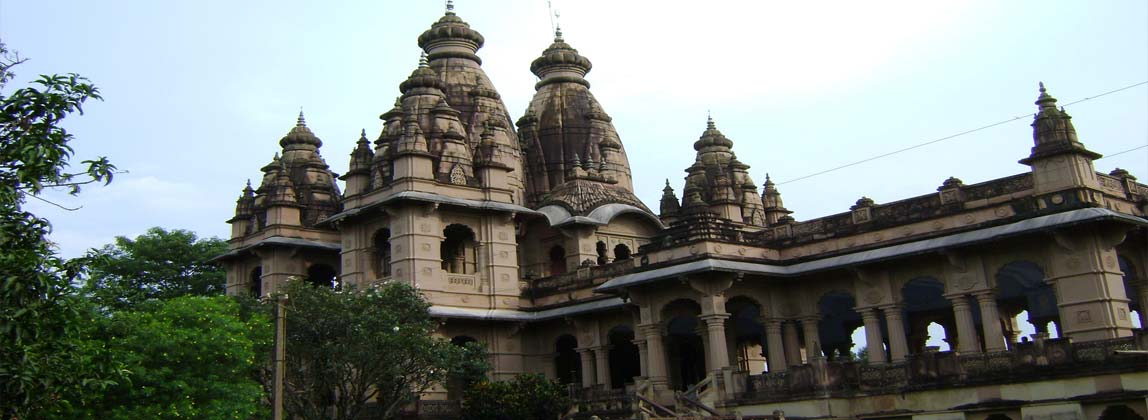


One of three new states created in India in 2000, Jharkhand was hewn out of neighbouring Jharkhand to meet the growing demands of the Adivasi (tribal) population. Despite the fledgling state having a jaw-dropping 40% of the country's mineral wealth (mainly coal, copper and iron ore), rich forests, several major industrial centres and the healthy budget of a newly formed state, it still suffers thanks to the crippling demands of tribal populations, poverty, corruption, and outbursts of Maoist and Naxalite violence. For travellers, Jharkhand's prime attractions are its national parks, a few waterfalls around the capital Ranchi and the chance to explore a tourist-free northern India – with Jharkhand off most visitors' radars, you may well be the only foreigner in the state..
Earlier it served Jharkhand as the summer capital. Ranchi is very popular for its rich natural beauty water falls barren rocks and hillocks. It has several industrial complexes. It is also an important place for the study of tribal ways of life. Those who are interested in anthropology Ranchi can be the ideal place.
AIR : Ranchi is connected by air with Patna, Calcutta and New Delhi.
RAIL: Ranchi is connected by direct trains with Gorakhpur, Howrah, Chennai and Bhubaneshwar.
ROAD: There are regular bus services from Ranchi to all important places of the state.
BSTDC runs its daily coaches from Patna to Ranchi and back.
This is also known as steel city of India. Jamshedpur, also called Tatanagar is just 140 kms from Ranchi the capital city of Jharkhand state. Both the names come from the legendary industrialist and visionary Jamshedji Tata. It was in 1919 that this name was given to the city in tribute to the founder of Tata Steel. It was his vision that saw Jharkhand plotted on the steel map of the world. Iron ore found in the area made Jamshedpur the idle location for a steel plant. Jamshedpur has a number of tourist attractions too. Situated at 86.12 degrees East and 22.47 degrees North Jamshedpur is one of hottest cities of Jharkhand. It is not only the geographical local but also the heat generated from the steel plant which raises the temperature here.
Temperature rises to above 46 degrees celsius in the summers. Jamshedpur has a number of important industries. The area has abundance of mineral resources and has some tourist attractions too. Besides the industrial importance of Jamshedpur the city can also boast of excellent facilities for sports and education.
Rail : Its railway station is named Tatanagar and is located on Howrah - Mumbai Line on South Eastern Railway.
Road : Jamshedpur is very well connected by road with important towns of Jharkhand.
Hazaribagh means thousand of gardens. It is a famous health hill resort situated at an altitude of 2,019 ft. above sea level. According to Jain tradition, 23 out of 24 Tirthankaras (including Parsvanatha) are believed to have attained salvation on the Sammetasikhara of the Parasnath hills. The Hazaribagh plateau has on its eastern margin, Parasnath-the highest hill in Jharkhand, rising to a height of 4,480 feet. Both the Swetambar and Digambar Jains have beautiful temples here on the hill. The Hazaribag lake in the vicinity is a beautiful site to visit. Hazaribagh Wildilfe Sanctuary nestles in the low hilly terrain. Hazaribagh perhaps holds more Sambhars than any other area of comparable size. The 111 km roads in the sanctuary take motorists to the remotest corners and to many towers, strategically located and offers excellent opportunities for viewing the wilds during the best months of October to April. The sanctuary is surrounded by habitations of tribal. Accommodation in the sanctuary is available at Tourist Bungalow and the Forest Rest House.
AIR : Nearest airport Hazaribagh (93 km)
RAIL : Nearest railhead Hazaribagh on Howrah-Delhi route.